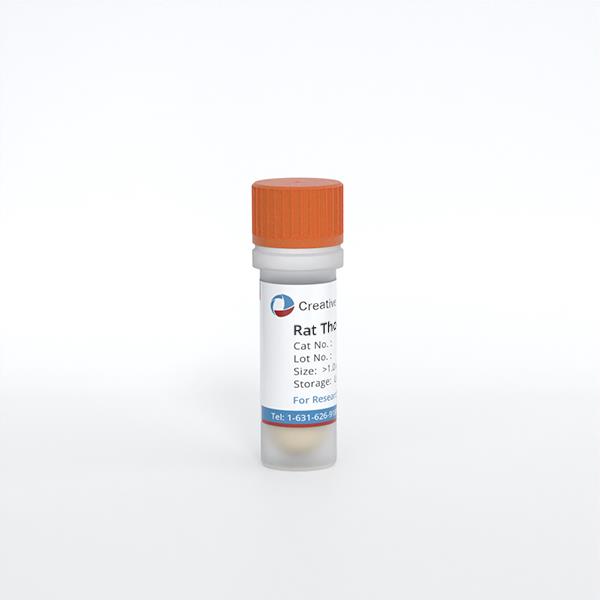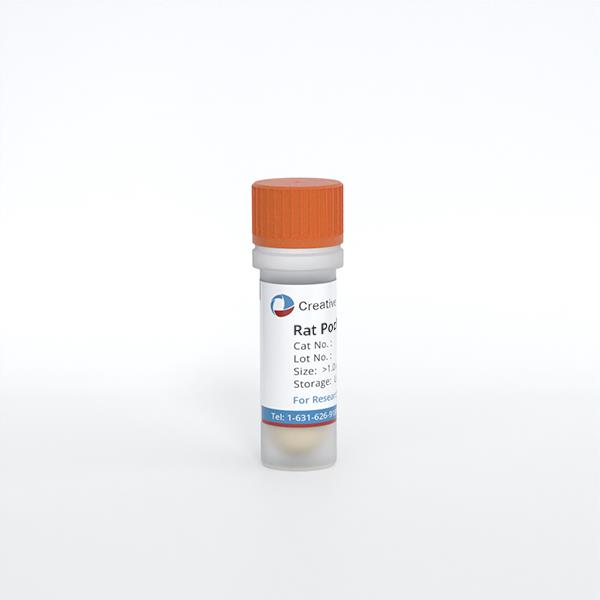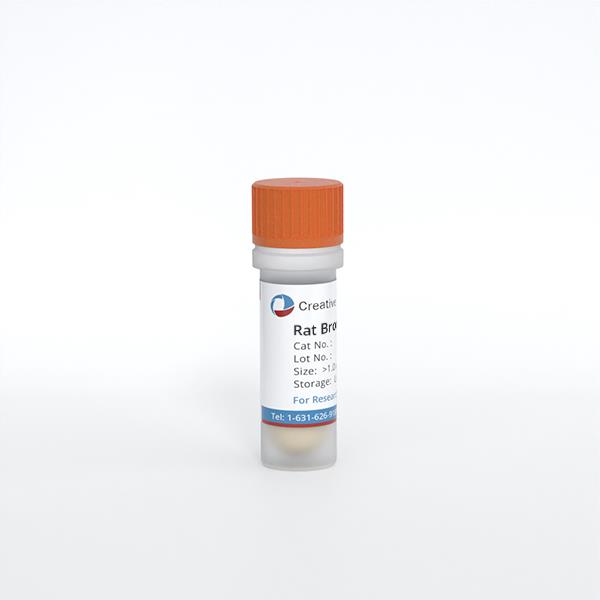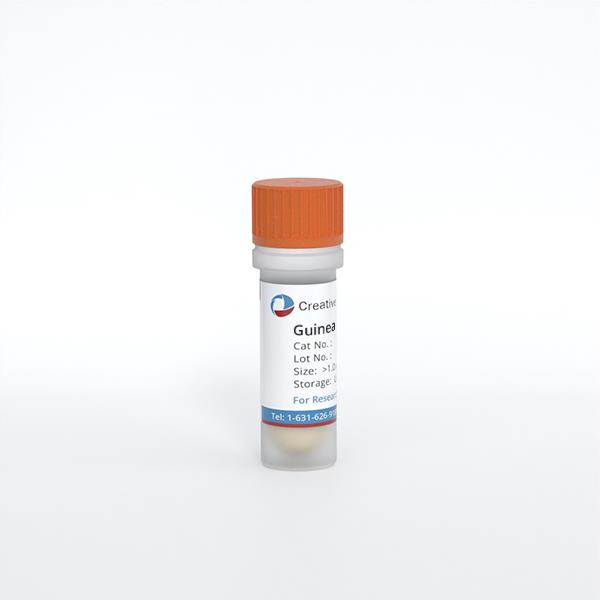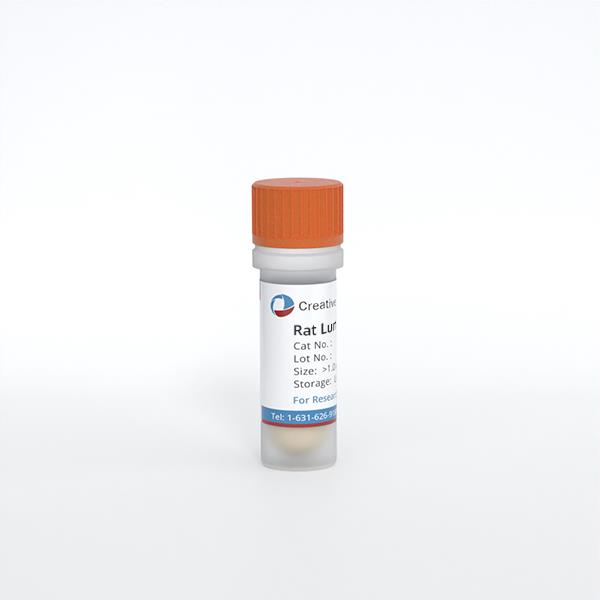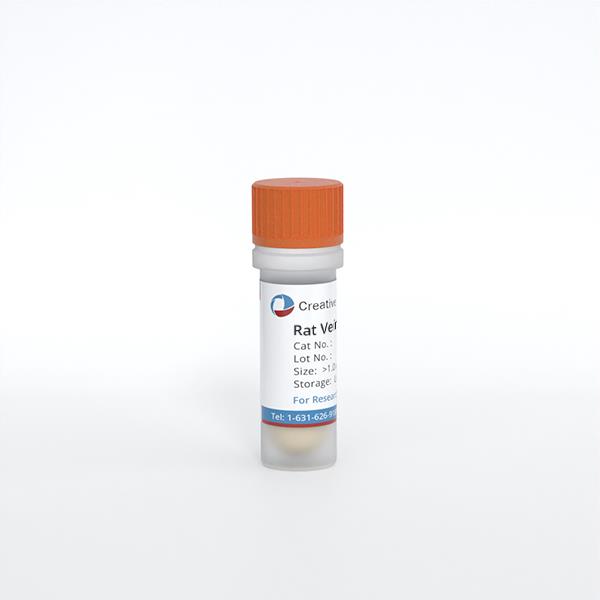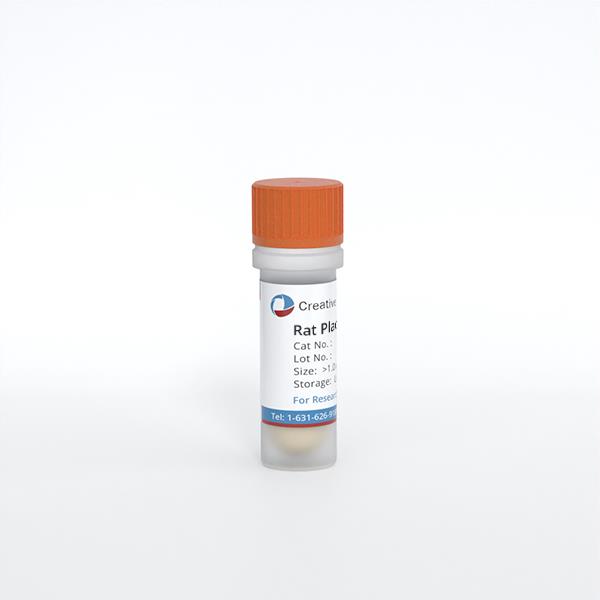
Rat Placental Chorionic Trophoblast Cells
Cat.No.: CSC-C5078S
Species: Rat
Source: Chorion; Placenta
Cell Type: Trophoblast
- Specification
- Q & A
- Customer Review
Cat.No.
CSC-C5078S
Description
The chorion is one of the embryonic membranous structures that encloses the fetus and the amnion. The trophoblas cells are a thin layer of cells that helps a developing embryo attach to the wall of the uterus, protects the embryo, and forms a part of the placenta. The basal chorionic trophoblast cell layer that localizes next to the chorioallantoic interface is of critical importance for labyrinth morphogenesis in rodents.
Rat Placental Chorionic Trophoblast Cells (rPCTCs) from Creative Bioarray are isolated from the rat placental tissue. The method we use to isolate rPCTCs was developed based on a combination of established and our proprietary methods. The rPCTCs are characterized by immunofluorescence with antibodies specific to pan-cytokeratin (PCK). Each vial contains 0.5x10^6 cells per ml and is delivered frozen.
Rat Placental Chorionic Trophoblast Cells (rPCTCs) from Creative Bioarray are isolated from the rat placental tissue. The method we use to isolate rPCTCs was developed based on a combination of established and our proprietary methods. The rPCTCs are characterized by immunofluorescence with antibodies specific to pan-cytokeratin (PCK). Each vial contains 0.5x10^6 cells per ml and is delivered frozen.
Species
Rat
Source
Chorion; Placenta
Recommended Medium
Cell Type
Trophoblast
Disease
Normal
Quality Control
Rat Placental Chorionic Trophoblast Cells are negative for HIV-1, HBV, HCV, mycoplasma, bacteria, yeast and fungi.
Storage and Shipping
Creative Bioarray ships frozen cells on dry ice. On receipt, immediately transfer frozen cells to liquid nitrogen (-180 °C) until ready for experimental use. Never can cells be kept at -20 °C.
Citation Guidance
If you use this products in your scientific publication, it should be cited in the publication as: Creative Bioarray cat no.
If your paper has been published, please click here
to submit the PubMed ID of your paper to get a coupon.
Ask a Question
Write your own review
- You May Also Need
Related Products
